Imagine you’re standing in an artisan’s shop in Madrid, surrounded by walls adorned with the seductive curves of Manuel Rodriguez classical guitars. As the alluring scent of fresh rosewood fills your nostrils, you reach out to pick up one of those Spanish guitars. Suddenly, you feel a profound connection, a spark of a story that traces back to 1905. But what comes next? Read on.
I have spent years dedicated to the study and craftsmanship of guitar-making, creating a deep reverence for the artisans who breathe life into these exquisite instruments. And rarely has a guitar moved me as much as those created by the family company Manuel Rodriguez e Hijos.
In this guide, we’ll delve into the unparalleled craftsmanship, sound quality, and authenticity that makes Manuel Rodriguez guitars stand out from the crowd. These guitars are far more than mere instruments; they are a testament to the legacy of the Madrid School method, providing an auditory bridge between musical traditions and generations of guitarists.
You might already treasure the strum of a Rodriguez guitar or perhaps you’re just considering one for your collection. Either way, buckle in for an exciting journey to explore not just the what, but the why and how of these extraordinary Spanish guitars. We’ll dissect the materials, construction methods, and unique characteristics of different Rodriguez models. Let’s embark on this exploration of Manuel Rodriguez guitars together, to uncover not just a musical instrument, but a remarkable piece of history.
The Craftsmanship of Manuel Rodriguez Guitars
Materials and Construction
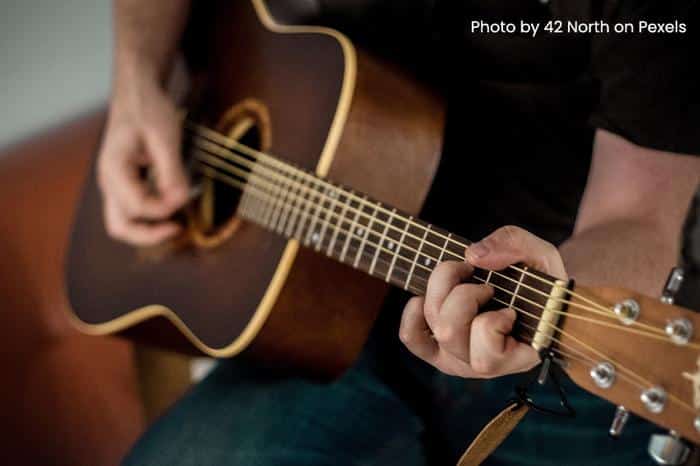
In my transition from engineer to luthier, I’ve deeply understood the profound influence that materials and construction have on the output quality of an instrument, especially with exquisite examples like Manuel Rodriguez guitars. It’s an intricate art of fine balance and precision.
Materials are the backbone of any robust guitar. Rosewood guitars, such as those produced by Rodriguez, are popular for their rich, warm tones and exceptional resonance. Rosewood is dense and robust, which makes it an ideal choice for guitar backs and sides to keep the sound contained and projected forward.
The guitar soundboards, usually crafted from spruce or cedar, bear the brunt of the vibrating strings and greatly contribute to the instrument’s characteristic sound. Rodriguez’s choice of quality soundboard woods adds to the clear tonality and sustained resonance of the guitars.
The craft of guitar construction then transforms these raw materials into a cohesive instrument. The luthier’s skill is vital in bringing out the potential of the materials. In Rodriguez guitars, the minute details, from the integrated neck joint to the fan bracing pattern, reflect an ingrained understanding and respect for the art, influenced by the legacy of the Madrid School Method.
Such diligent material selection and mastered construction techniques are the essence of Rodriguez’s craftsmanship, converging to create a guitar of exceptional sound and authentic character. As we delve deeper into the details of different Manuel Rodriguez models, this emphasis on materials and construction reverberates in each design.
Origin and Legacy of Madrid School Method
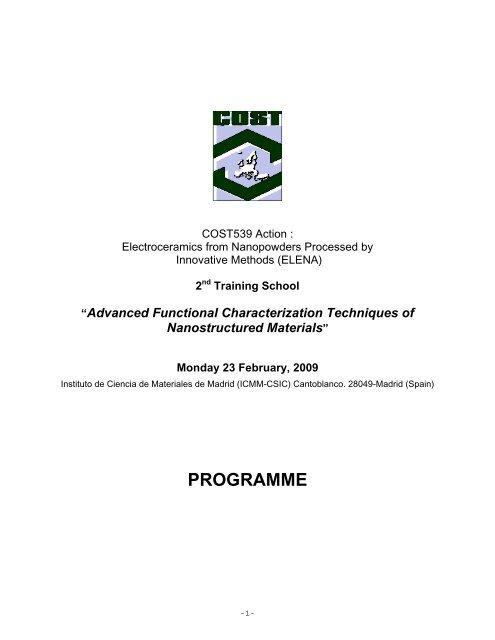
As we explore the craftsmanship that articulates the authenticity of Manuel Rodriguez Guitars, it’s essential to appreciate the deep roots in the Madrid School method. Having pursued extensive research in this field, I can affirm that this approach imprints a unique personality on these guitars.
Driven by passion, the Madrid School guitar-making method evolved around the spirit of ‘artesano’, or artisan. It combined traditional crafts with a relentless quest for perfection, birthing guitars that were not just instruments but masterpieces. Focused on true musicality, the Madrid School method brought an individuality to each guitar, blending the power of a luthier’s touch with technical precision. This legacy vibrates through each Manuel Rodriguez Guitar, encapsulating a unique lineage of craftsmanship.
Manuel Rodriguez Guitars, despite adapting to modern technologies, always uphold this time-honored practice. Every beautiful curve, finish, and the sound quality itself testifies of the Madrid School’s enduring influence. It’s a tribute, a pledge of continuance; how the past can seamlessly integrate into the present, sustaining the authentic craftsmanship of these guitars.
As you immerse yourself in the distinctive sound and playability of these guitars, you’re essentially reverberating the Madrid school’s rich heritage. Beyond just a method, the Madrid school’s legacy is an ethos, a promise of authenticity embedded deep into the soul of Manuel Rodriguez Guitars. So each strum, each note, echoes the timeless bond between the musician, the instrument, and the purity of craft.
Sound Quality and Playability
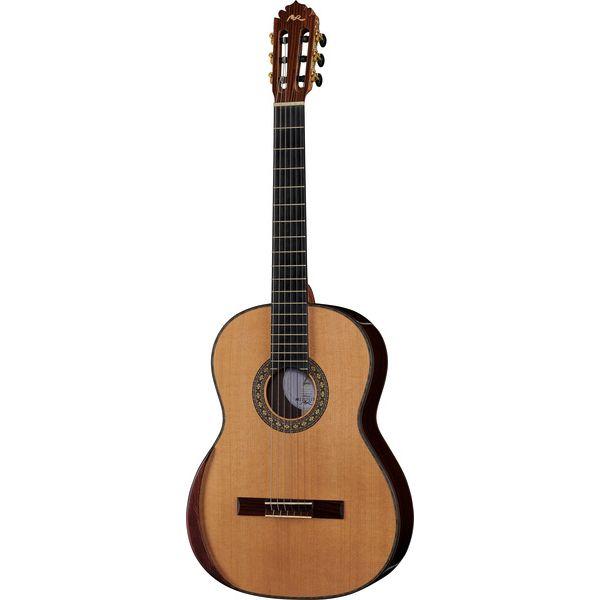
The intricate craftsmanship I’ve outlined plays an integral role in shaping the acoustic quality of Manuel Rodriguez Guitars. However, the guitar’s tone and playability are also heavily influenced by a delicately balanced combination of construction techniques and materials used. By understanding the nitty-gritty details of construction, one can appreciate the exceptional amount of complexity involved in making these beautiful instruments sing to their fullest.
What makes a guitar sound heavenly and feel luxurious to play? Let’s delve into the acoustic quality and playability of Manuel Rodriguez Guitars. While evaluating an instrument, my focus on instrument acoustics and ergonomics has given me a unique perspective. I particularly appreciate the nuances within well-crafted guitars like Rodriguez’s.
Starting with the sound quality, every Manuel Rodriguez Guitar emits a distinctive tone that’s rich, resonant, and sublimely balanced. Thanks to the combination of impeccable craft, top-notch materials, and the Madrid School Method, these guitars boast an acoustic quality that’s pure and profoundly expressive. The warmth and clarity of each note are maintained across the spectrum, from the earthy lows to the sparkling highs, creating a beautifully textured soundstage.
As for playability, it’s a joy to explore the fretboard on these guitars. The smooth, well-contoured neck fits comfortably within your hand, enabling precise positioning and effortless transitions. Emphasis is placed on optimal string height, a critical factor in guitar playability, to eliminate any fret buzz issues. The spacing from the fretboard provides a buttery smooth feel—the strings respond flawlessly to your fingers, operating in perfect harmony with the musician’s touch.
Yet, the true mastery lies in how Rodriguez manages to balance sound quality and playability. The unique bracing pattern allows for greater top vibration, thereby enhancing the guitar’s voice, yet it does so without compromising the structural integrity of the instrument, which impacts playability. This is the essence of Rodriguez’s craft—an exquisite marriage of form and function.
One of the many pleasures of being a musician is the sheer intimacy and connection you can develop with your instrument. Every time you pick up a Manuel Rodriguez Guitar, it feels like an extension of your musical soul. Its sound—expressive, absorbing, and deeply human, is a testament to the master craftsmanship behind it. And its playability—smooth, effortless, with no fret buzz issues, makes the process of creating music a joyous journey.
As we move forward, we’ll delve deeper into the various models of Manuel Rodriguez Guitars, their unique features, and how to evaluate them. But remember, the magic of a guitar isn’t just in its tonal beauty or playability—it’s also in the feeling it evokes within you, the bond it allows you to form with your art.
Comparing Manuel Rodriguez Guitar Models
Evaluating Different Models

Drawing from my tenure within the classical guitar community, my analysis of differing Manuel Rodriguez models relies heavily on collective feedback. The prevalence of guitar reviews online are an invaluable resource for discerning subtle variances in model performance and player satisfaction.
Opinions voiced within guitar forums and personal testimonials provide candid impressions of the guitars, from their nuanced sound profiles to their handling and feel. Each model offers unique strengths that cater to diverse player preferences and needs, making a comprehensive comparison crucial to an informed purchasing decision.
Sifting through varied perspectives introduces a complex, multifaceted understanding of the Manuel Rodriguez range. The efficacy of different models is fundamentally subjective and contingent on the individual musician’s priorities. My aim as a fellow guitarist and enthusiast is to distill this wealth of data into an accessible overview, aligning the strengths of each Rodriguez model with corresponding player profiles.
This careful evaluation of different models is imperative as we then explore the aspects of considering second hand guitars. It’s a step forward in our journey of appreciating the delicate convergence of distinctive Rodriguez craftsmanship and sound quality. As we delve further, let us remain cognizant of the influence of individual tastes in interpreting and applying these insights.
Considering Second Hand Guitars
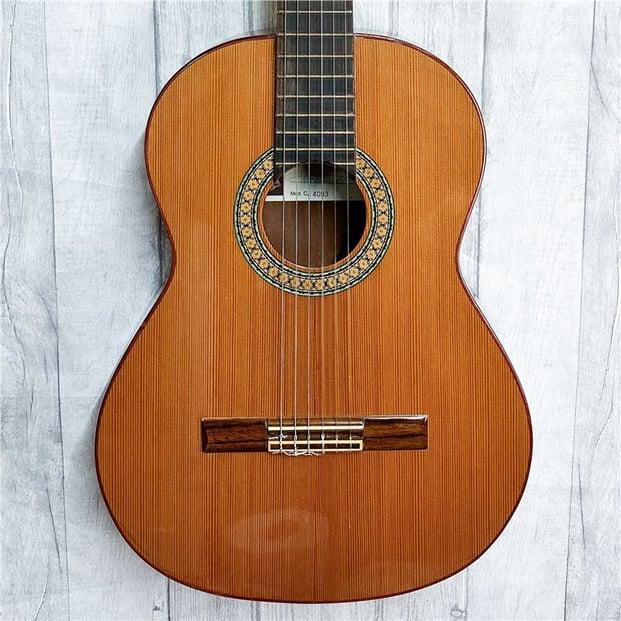
Having witnessed countless purchases and heard numerous tales within the classical guitar community, I’ve come to understand the relevance of assessing used instruments, importantly, second-hand Rodriguez guitars. Such a guitar purchase is an intelligent move, especially given the brand’s renowned durability and maintained sound quality. Therefore, your engagement with the used guitar market can offer immense value.
Why, you may ask? Not only do you keep what might be a beloved instrument from gathering dust, but you also allow the distinctive qualities of a preloved Rodriguez guitar to come into play. Instruments, like Rodriguez guitars, often ‘grow’ with their owners, developing a richer and more nuanced sound as time goes by. Guitars soak up the player’s vibe, creating an unparalleled charm of own, often resulting in improved sound quality.
Second-hand Rodriguez guitars deliver exactly this – unique, matured character along with financial pragmatism. As such, investing in a second-hand Rodriguez guitar offers tremendous value towards rehearsing, performing, or simply diversifying your guitar collection. Nevertheless, just as with new models, meticulous research is paramount to steer clear of scams or significantly worn-out instruments.
My experiences and the shared stories of others within our community thereby serve to underline the wisdom in considering second-hand Rodriguez guitars, as long as the purchase is backed by informed decision-making.
Identifying Genuine Manuel Rodriguez Guitars
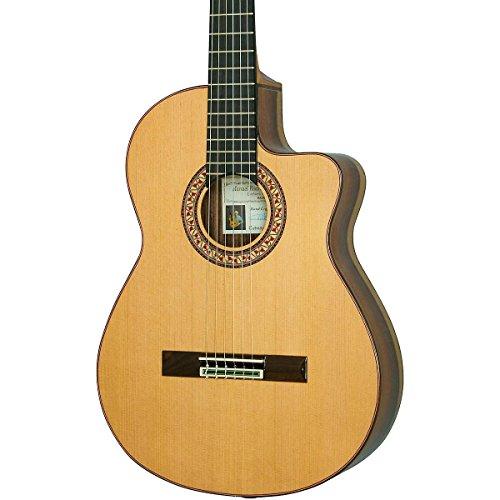
Not all that glitters is gold – How do you ensure you’re getting an authentic Manuel Rodriguez guitar and not a counterfeit? This has been a question that has kept me and fellow New England Luthiers group members in deep discussions. As a guitar enthusiast, I’ve come to understand the importance of genuine Rodriguez identification. Over time, I’ve developed a discerning eye that aids in spotting authenticity, separating genuine masterpieces from crafty replicas.
This expertise didn’t come overnight. It was a skill fine-tuned over years of passionate involvement with such instruments. Drawing from this personal experience, I want to share some key aspects to look out for in your quest to find an authentic Manuel Rodriguez guitar.
First, the mark of Rodriguez craftsmanship cannot be easily replicated. Look for the signatures of their handiwork, such as the characteristic Manuel Rodriguez headstock or meticulous detailing on the rosette. Check the label inside the guitar – an authentic Manuel Rodriguez should have “Manuel R. Contreras” and the manufacturing year. An authentic label will also typically be signed by the luthier.
Next, pay attention to the sound quality. There’s a certain richness to the sound of a genuine Rodriguez – a balanced tone that comes from years of perfected craftsmanship. It’s hard to put it into words; it’s something you learn to identify over time by playing and listening to many guitars.
Moving forward in your guitar purchasing journey, I urge you to bear in mind that genuine Rodriguez identification is a blend of knowledge and experience – an understanding of the maker’s craftsmanship, an ear for the instrument’s unique sound quality, and an eye for the authentic details. By the time we conclude this guide, you’ll have a more in-depth understanding of what separates a genuine product from a counterfeit, making your purchases both informed and inspiring.
In the next chapters, we’ll be exploring comparisons between different models, considering second-hand Rodriguez guitars, and more, ensuring you secure a genuine piece of musical history.
FAQs
What makes Manuel Rodriguez guitars special?
Manuel Rodriguez guitars are special due to their exquisite Spanish craftsmanship, exceptional sound quality, and authenticity. The guitars are handcrafted by skilled artisans, emphasizing tradition and artistry, thus producing instruments of superior tonal quality and aesthetic beauty.
What is the sound quality of a Manuel Rodriguez guitar like?
Manuel Rodriguez guitars excel in terms of sound quality. The tone is warm, clear, and resonant, often described as Spanish or Flamenco-like. Each guitar produces a distinctive sound that is rich in depth and character, making them highly sought-after by both professional musicians and enthusiasts.
Why does authenticity matter in Manuel Rodriguez guitars?
Authenticity matters in Manuel Rodriguez guitars as it ensures you are receiving a guitar of the highest quality, handcrafted by skilled artisans according to time-tested methodologies. Authentic Manuel Rodriguez guitars offer unparalleled sound quality and longevity, making them a valuable investment for any musician.
How can I maintain the quality of my Manuel Rodriguez guitar?
To maintain the quality of your Manuel Rodriguez guitar, it is recommended to clean your guitar regularly, maintain appropriate humidity levels, and ensure proper string tension. Additionally, be mindful of temperature changes as extreme temperatures can negatively impact your instrument. Always store your guitar in its case when not in use to preserve its quality.
Conclusion
Driven by my passion for lutherie, my engineering background, and my broad experience with musical instruments, I embarked on this journey, making guitar purchase decisions as significant as Manuel Rodriguez Guitars. The profound reverence for this iconic brand stems from its unparalleled craftsmanship, sound quality, and authenticity.
Manuel Rodriguez Guitars – centuries of Spanish luthier tradition distilled into every instrument. Will one find its way into your music? With roots in the Madrid School method, the sound quality and playability of these guitars are truly remarkable and should be an essential factor when evaluating different guitar models.
Keeping in mind our journey from the craftsmanship of Manuel Rodriguez Guitars, to comparing different models and contemplating second-hand guitars, it is crucial that a discerning guitarist identifies a genuine Manuel Rodriguez Guitar. This culminates in a sublime combination of art and music, balancing the aesthetics and functionality in perfect harmony.
Remember, whether it’s a hobby or a profession, your choice of a musical instrument marks a key step in your musical journey. To provide you with the best guidance on this path, we explored the depths of the prestigious Manuel Rodriguez Guitars adopting a comprehensive approach to detailing every aspect. May you use this knowledge when your musical journey leads you to making your next guitar purchase.